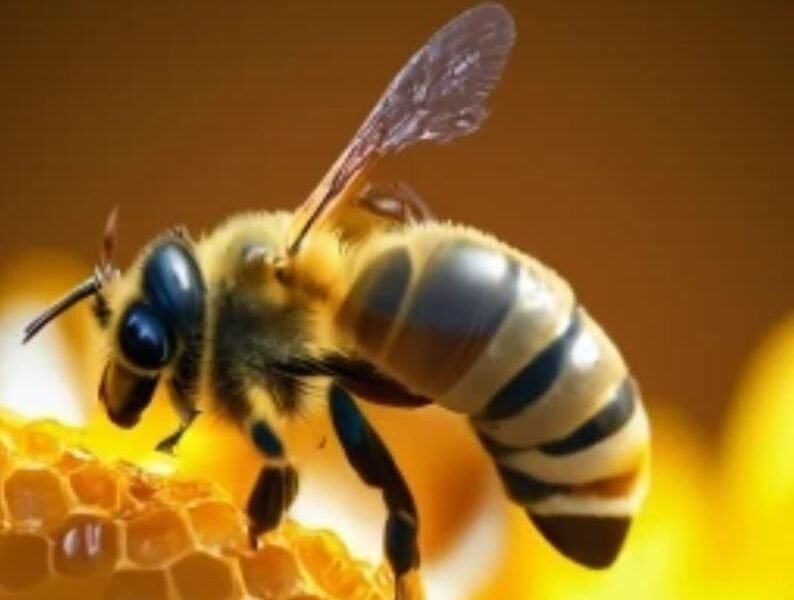Introduction: Honey extraction is a rewarding and essential aspect of beekeeping, allowing beekeepers to harvest the delicious and nutritious honey produced by their bees. However, the process of extracting honey requires careful planning, proper equipment, and attention to detail to ensure a successful harvest while preserving the health and vitality of bee colonies. In this comprehensive guide, we’ll explore the step-by-step process of extracting honey from bees, from preparing the hive to bottling the golden liquid, along with tips and best practices to help beekeepers master this art.
Understanding Honey Production in Bee Colonies: Before diving into honey extraction, it’s essential to understand how honey is produced and stored within bee colonies. Honeybees collect nectar from flowering plants using their proboscis and store it in their honey stomachs, where enzymes begin the process of converting nectar into honey. Back at the hive, worker bees regurgitate the nectar and pass it to other bees, who further process and store it in hexagonal wax cells within the hive’s honeycomb. Once the moisture content of the honey is sufficiently reduced, bees cap the cells with beeswax, sealing the honey for long-term storage and consumption.
- Harvesting Honeycomb Frames: The first step in honey extraction is to harvest honeycomb frames from the beehive. Beekeepers typically wait until the honeycomb cells are capped with beeswax, indicating that the honey is ripe and ready for harvest. Using a beekeeping smoker to calm the bees, carefully remove individual frames from the hive, taking care not to disturb the bees or damage the comb.
- Uncapping the Honeycomb: Once the honeycomb frames have been removed from the hive, the next step is to uncap the cells to release the honey. There are several methods for uncapping honeycomb, including using a hot knife, uncapping fork, or capping scratcher. With precision and care, gently remove the beeswax caps from the honeycomb cells, exposing the liquid honey underneath.
- Extracting Honey: After uncapping the honeycomb, the frames are ready for honey extraction. Beekeepers use a honey extractor, a specialized piece of equipment designed to spin the frames at high speeds, using centrifugal force to extract the honey from the comb. As the frames spin, the honey is flung out of the cells and collected in the extractor’s drum or tank. It’s essential to spin the frames slowly at first to prevent the honey from splattering and gradually increase the speed as the honey flows more freely.
- Filtering and Settling: Once the honey has been extracted from the frames, it may contain small particles of beeswax, propolis, or other impurities. To ensure a clear and pure final product, beekeepers filter the honey using a fine mesh or cheesecloth to remove any debris. The filtered honey is then allowed to settle in a storage tank or container for several days to allow air bubbles and any remaining impurities to rise to the surface.
- Bottling and Storage: After filtering and settling, the final step in the honey extraction process is bottling and storage. Using clean, sterilized jars or bottles, carefully pour the honey into containers, taking care not to introduce any contaminants. Seal the jars with tight-fitting lids to prevent moisture absorption and store them in a cool, dark place away from direct sunlight. Properly stored honey can remain fresh and delicious for years to come.
Conclusion: Honey extraction is a labor of love for beekeepers, allowing them to enjoy the fruits of their bees’ labor while sharing the sweet taste of nature with others. By understanding the process of honey production in bee colonies and following best practices for harvesting, uncapping, extracting, filtering, and bottling honey, beekeepers can ensure a successful harvest and a high-quality final product. Whether you’re a seasoned beekeeper or just starting out, mastering the art of honey extraction is a rewarding endeavor that deepens your connection to the fascinating world of bees and their incredible gift to humanity.



